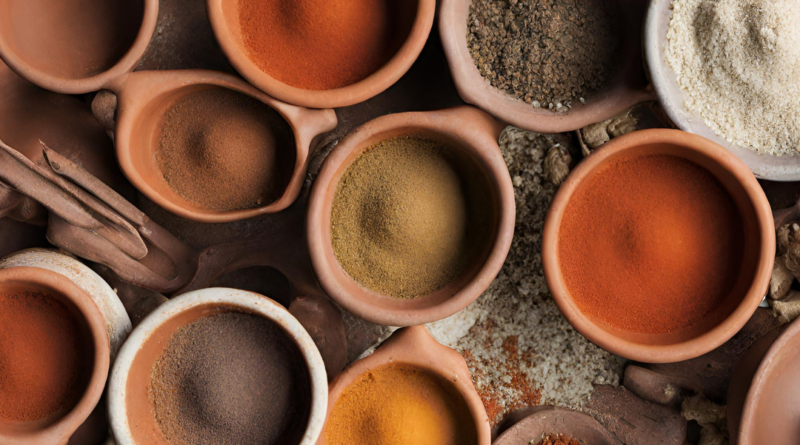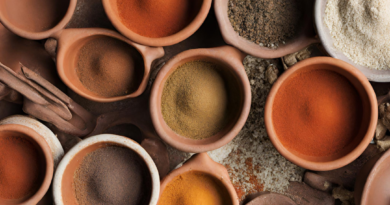What’s the difference between earthenware and stoneware clay pots?
Earthenware and stoneware are two distinct types of clay used for making pottery, including clay pots. Each type of clay has unique characteristics and is suited to different purposes. Here are the key differences between earthenware and stoneware clay pots:
1. Clay Composition:
– Earthenware: Earthenware clay is typically composed of clay minerals, feldspar, and silica. It has a lower firing temperature, usually between 1,800°F and 2,100°F (980°C to 1,150°C).
– Stoneware: Stoneware clay is a type of clay with a higher content of clay minerals and less flux (such as feldspar). It is fired at a higher temperature, typically between 2,200°F and 2,400°F (1,200°C to 1,315°C).
2. Firing Temperature:
– Earthenware: Earthenware is fired at a lower temperature, which makes it more porous and less vitrified (glass-like) compared to stoneware. It retains some level of porosity even after firing.
– Stoneware: Stoneware is fired at a higher temperature, resulting in a denser and less porous material. Stoneware clay vitrifies more completely during firing.
3. Density and Durability:
– Earthenware: Earthenware is less dense and more porous than stoneware, making it more susceptible to chipping, cracking, and moisture absorption. It is not as durable as stoneware.
– Stoneware: Stoneware is denser and less porous, making it more durable and less prone to chipping or cracking. It can withstand greater temperature variations and is often considered more robust for everyday use.
4. Glaze and Surface Finish:
– Earthenware: Earthenware is often glazed to seal the porous surface and make it more impermeable. The glaze on earthenware can be colorful and decorative, but it may not be as durable as stoneware glazes.
– Stoneware: Stoneware can be glazed as well, and its glazes are typically more durable and suitable for functional ware. Stoneware pottery often features natural, earthy tones in glaze colors.
5. Cooking Properties:
– Earthenware: Earthenware is suitable for slow, gentle cooking methods and is often used for dishes like tagines, casseroles, and stews. It retains moisture well and imparts a distinct flavor to dishes.
– Stoneware: Stoneware is versatile and can handle a wider range of cooking methods, including baking, roasting, and high-temperature cooking. It’s commonly used for bakeware, pizza stones, and baking dishes.
6. Appearance and Aesthetics:
– Earthenware: Earthenware tends to have a rustic and traditional appearance. It is often used for decorative pottery and tableware.
– Stoneware: Stoneware can have a more refined and modern appearance, making it suitable for both functional and decorative pieces.
In summary, the key differences between earthenware and stoneware clay pots lie in their composition, firing temperature, density, durability, and cooking properties. While earthenware is better suited for slow cooking and has a more rustic appearance, stoneware is denser, more durable, and versatile for a wide range of cooking methods. The choice between the two depends on your cooking needs and aesthetic preferences.



